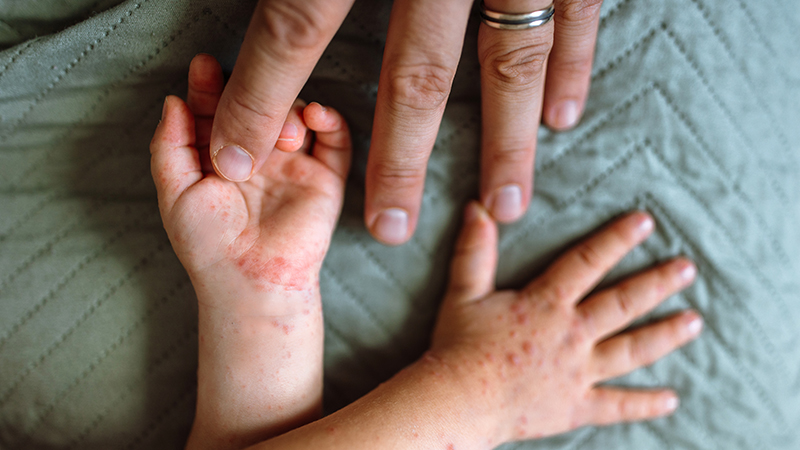What Is E. coli?
Causes, Prevention and When to Seek Care
Updated August 2023
It is in your digestive tract. It is under your fingernails. Escherichia coli — E. coli— is everywhere. Most forms of this bacteria are harmless and important for digestive health.
Several forms can cause infection, though, and some types of E. coli make a toxin called Shiga toxin. These “Shiga toxin-producing E. coli” are referred to as STEC.
Additionally, one form of the bacteria might make the news more than others: Enterotoxigenic Escherichia coli (ETEC). ETEC bacteria create toxins that interact with the intestines and lead to diarrhea. Transmitted by food or water contaminated with animal or human feces, ETEC is the leading cause of travelers’ diarrhea as well as a major cause of diarrheal disease in lower-income countries, according to the Centers for Disease Control and Prevention (CDC).
Generally, E. coli infections may cause intense stomach cramps, diarrhea and vomiting.
“Most people will recognize E. coli as a cause of diarrhea related to eating contaminated food or drinks,” says Michael P. Angarone, DO, Northwestern Medical Group, Infectious Disease. “Typically, the diarrhea caused by E. coli is watery and lasts for 1 to 2 days.”
You can protect yourself from E. coli infections by taking the following precautions:
- Stay aware of consumer alerts and avoid foods with known contamination.
- Thoroughly wash your produce.
- Know the source of your food.
- Avoid raw or unpasteurized dairy products.
- Handle food safely, and thoroughly cook your meat products to kill all bacteria.
- Avoid swallowing water in ponds, streams, lakes, pools and other bodies of water.
“If you develop diarrhea and have a fever, abdominal pain and blood in your stool, those are signs of a more serious form of the illness,” Dr. Angarone says. “If you experience those or if there are signs of severe dehydration, such as lightheadedness, headaches or episodes of fainting, you should seek care immediately.”






